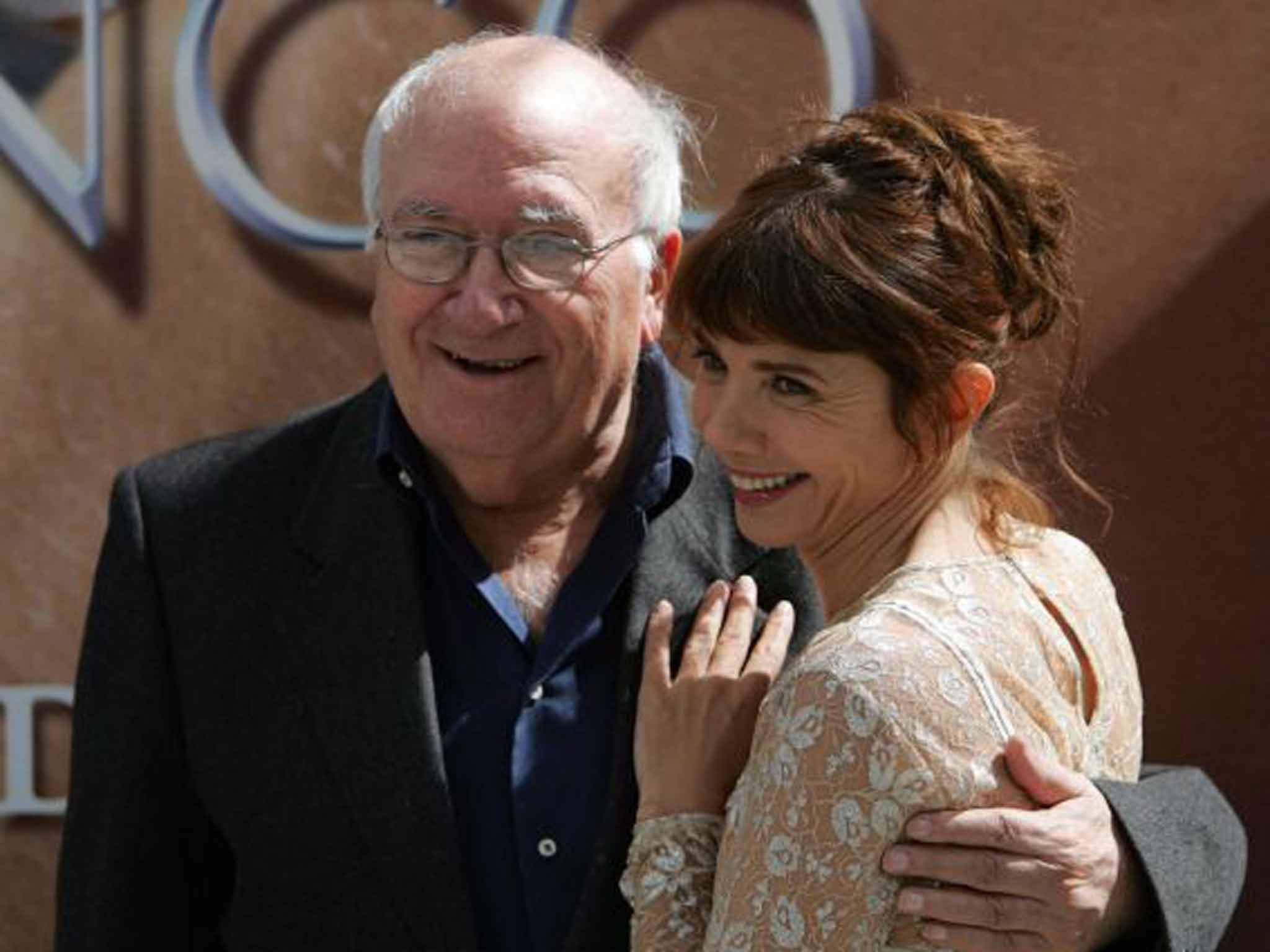Vicente Aranda: Director whose work dealt with the postwar miseries of his native Spain and the turbulence of erotic passion
Long before Almodovar, Aranda was the Spanish chronicler of amorous turbulence, the critic par excellence of repression

The film-maker Vicente Aranda had two great obsessions: the miseries of Spain's postwar period, and erotic passion. For nearly 50 years he combined the two in a prolific, exasperatingly uneven, but always interesting career.
Born into a poor working class family obliged to emigrate to Venezuela, Aranda returned to his native Barcelona in the mid-1950s intent on becoming a novelist. Encounters with the members of the short-lived avant-garde group of cineastes known as the Barcelona School led to his turning to film.
Following his debut, the flawed Brillante porvenir (Brilliant Future, 1965), Aranda achieved artistic if not commercial recognition for Fata Morgana (Left-handed Fate, 1966), based on a story by fellow film-maker, and novelist, Gonzalo Suarez was one of the first, and probably the most enduring, of the Barcelona School films. Influenced by science fiction and the new consumer society, Fata Morgana is a formal tour de force, and the enigma of its futurist dystopia stands out as a glittering exception amid the grim realism dominant in Spanish art-house film of the time.
A huge fan of literature, Aranda would later adapt the novels of Juan Marse, Manuel Vazquez Montalban, Luis Martin Santos and Antonio Gala, among others. The results were often controversial, frequently provoking outrage and hostility from the writers themselves, particularly from Aranda's erstwhile friend and contemporary, Marse. Fondly regarded by his actors, he was unafraid to make enemies among those whose work he brought to the screen.
In 1958 he accompanied Juan Goytisolo, today probably the nation's most celebrated living writer, on the road trips to the southern region of Almeria that gave rise to Goytisolo's remarkable ethnographic works, Campos de Nijar (The Fields of Nijar) and La Chanca. These books shed light on the bleak underbelly of the contemporaneous tourist boom from northern Europe, which was developing a short distance away on the same coastline.
Goytisolo and Aranda's work contradicted the Spanish state's pipe dreams and promises of an influx of foreign currency and consequent modernisation. Aranda's photographs, which illustrate the books, capture the desolate lives and arid landscape of the poverty-stricken region. They also demonstrate the visual influence of neo-realism on the future cineaste.
An intensely personal auteur, he was responsible for two films that stand out as landmarks in the history of Spanish cinema. The 1991 Amantes [Lovers], a lurid tale of a fatal love triangle set in a provincial town in the late 1940s, won the Silver Bear at the Berlin Film Festival and earned Aranda the Goya (the Spanish Oscars) award for Best Director. Fanny Pelopaja (Fanny Strawhair, 1984), a personal favourite of mine, taps into the national neurosis of the period regarding the rise of crime, while focusing on the psycho-drama of its female protagonist played by Fanny Cottençon.
Aranda was celebrated as a director of women, he is in large part considered responsible for launching the film career of Victoria Abril, reviving that of the veteran actress, Ana Belen, and exploiting the talents of newcomer Pilar Lopez de Ayala. He also had a keen sense of his own time and the underlying transformations of the zeitgeist.
Cambio de sexo (Sex Change, 1976), was released shortly after the death of Franco but before the inauguration of the democratic constitution in 1978, in a country where the Catholic church exercised enormous influence. It brought together Abril, as an effeminate boy, and the future collaborator of Pedro Almodovar, Spain's most famous transsexual Bibi Anderson (now Bibiana Fernandez), in a daring film that some have interpreted as an allegory on the political changes at work in Spain.
In the late 1980s he joined forces once more with his old Barcelona School compatriot, Joaquim Jorda (who wrote the screenplays), to shoot two films based on the life and autobiographical writings of Eleuterio Sanchez, "El Lute". A small-time crook, El Lute became a popular legend following his repeated escapes from Franco's gaols in the late 1960s and early 1970s.
In the 1990s Aranda brought together a prostitute (played by Victoria Abril) and a nun (Ariadna Gil) in an anarchist militia in his Spanish Civil War film Libertarias (1996). In later years he turned increasingly to filming accounts of Spanish history and his own deeply personal vision of a variety of emblematic figures in the national imagination: Juana la loca (Mad Love, 2001), Carmen (2003), Tirante el blanco (The Maidens' Conspiracy, 2006).
A film-maker of fatalism, jealousy, sensation and passion, Aranda never shied away from depictions of explicit sex. His cinema is not only libertarian but also one of libertinage. Long before the postmodern wryness of Almodovar, he was the Spanish chronicler of amorous turbulence, the critic par excellence of repression.
Vicente Aranda Ezquerra, film-maker: born Barcelona 9 November 1926; died Madrid 26 May 2015.
Subscribe to Independent Premium to bookmark this article
Want to bookmark your favourite articles and stories to read or reference later? Start your Independent Premium subscription today.

Join our commenting forum
Join thought-provoking conversations, follow other Independent readers and see their replies